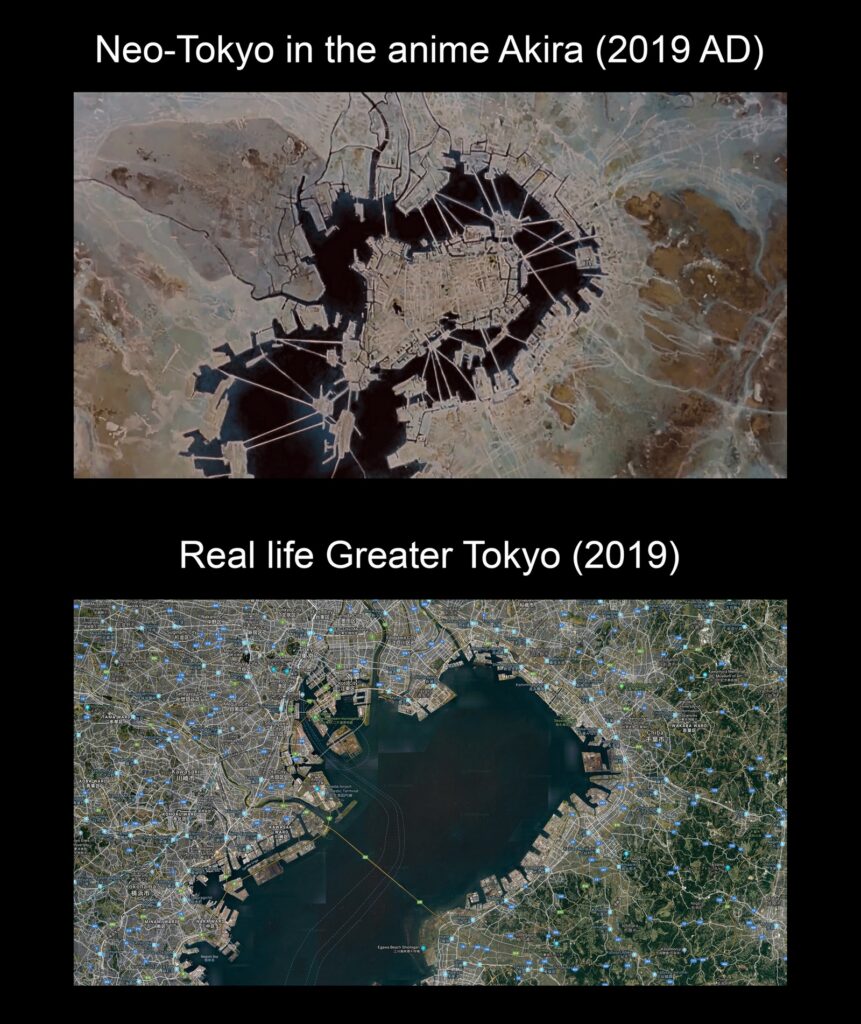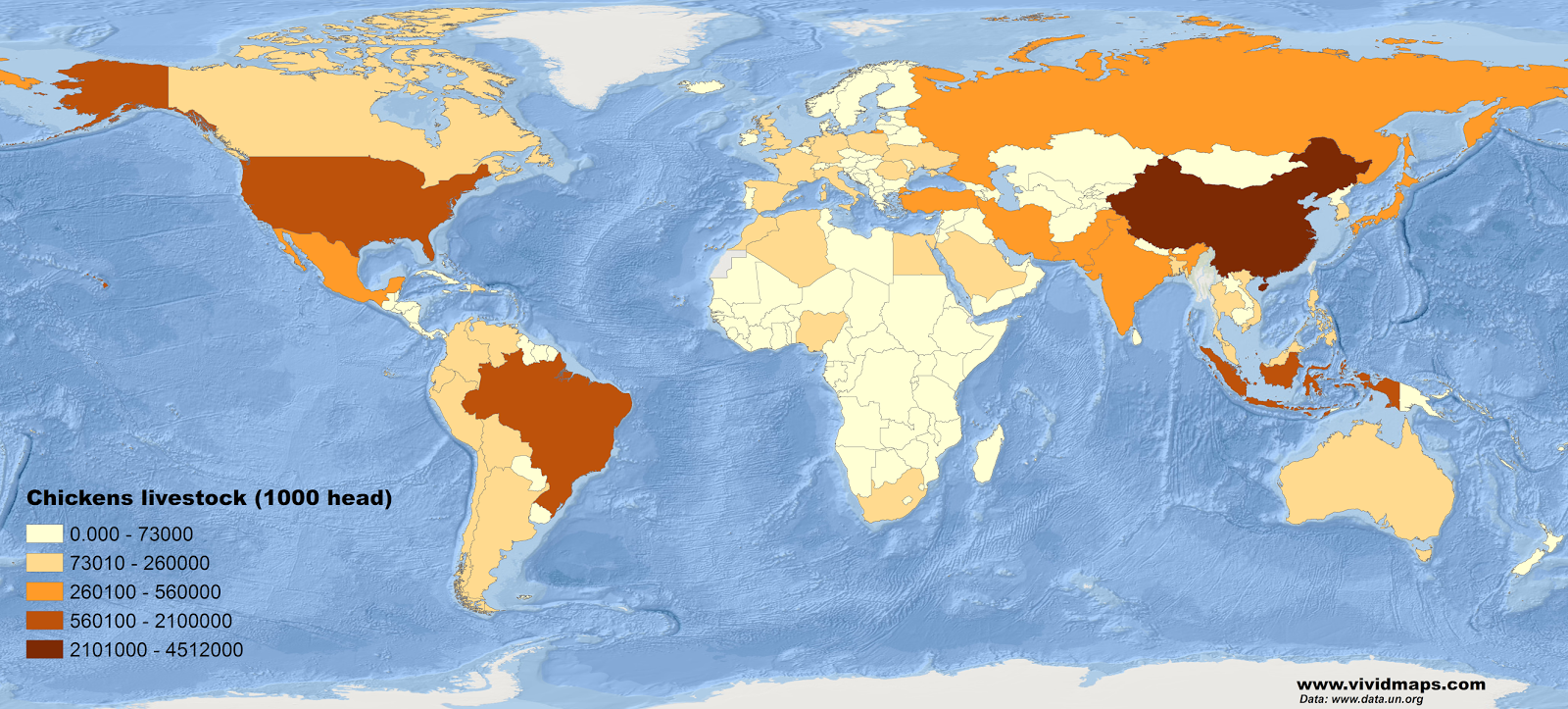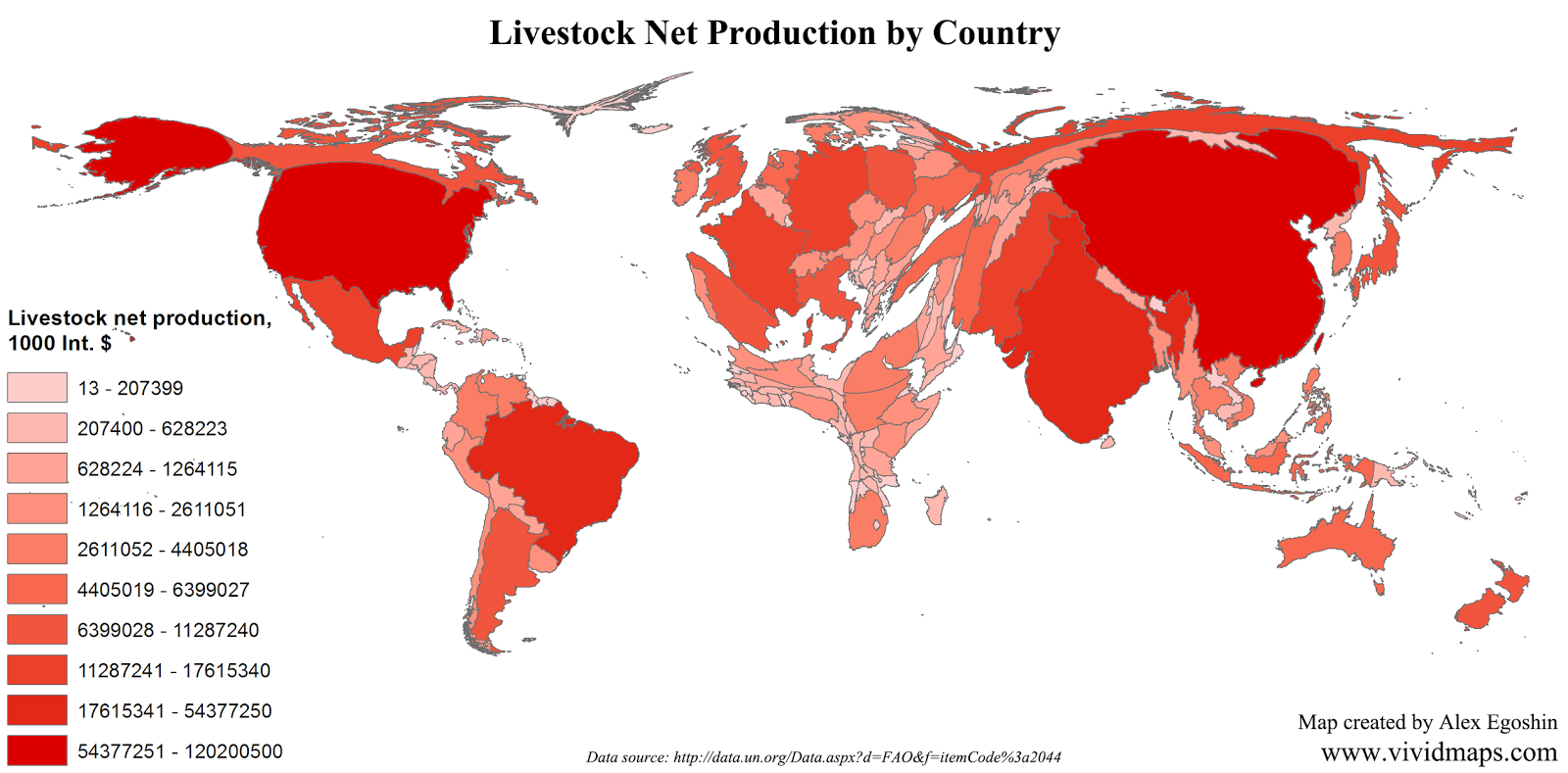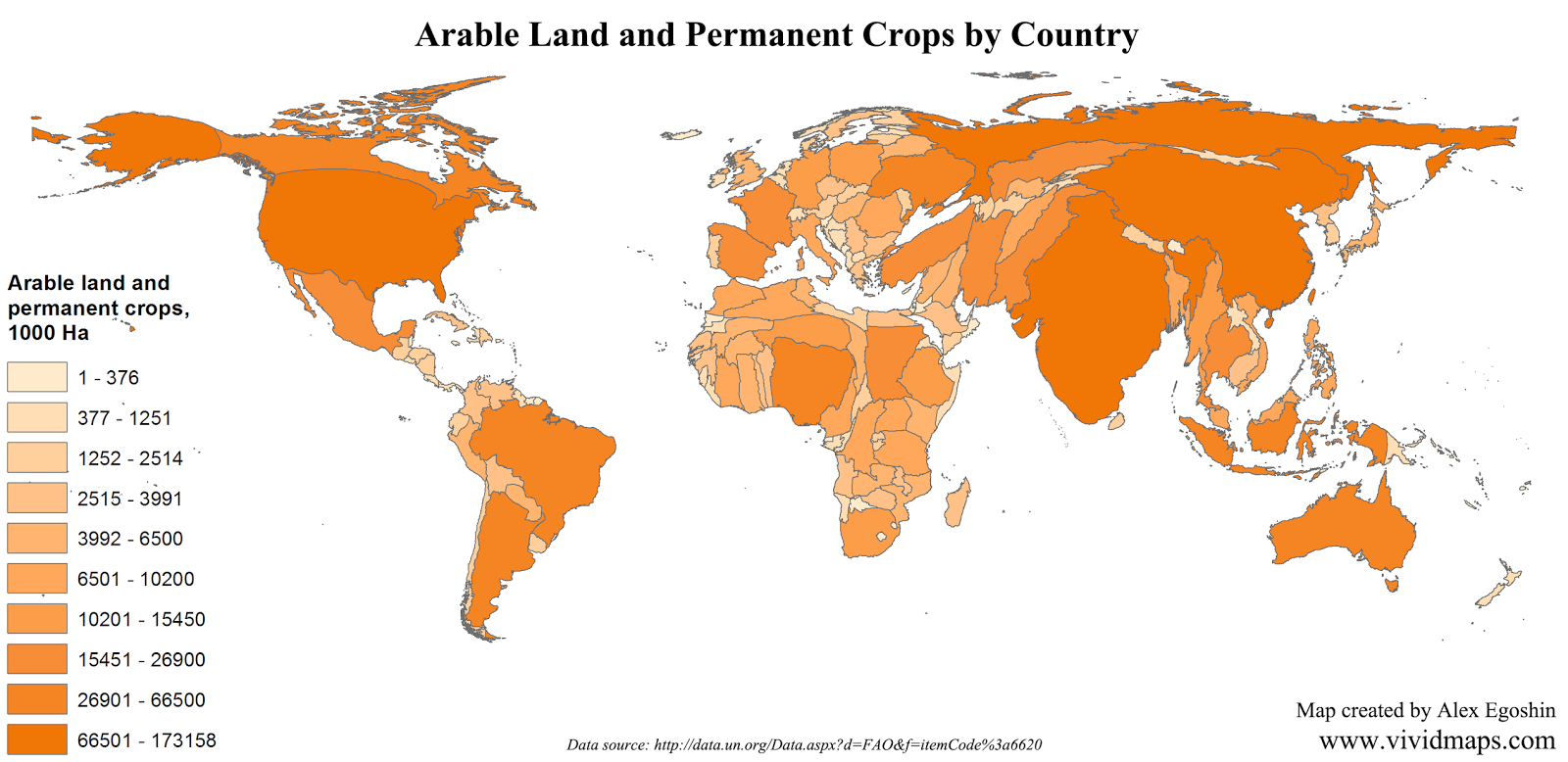Mapping Akira’s Neo-Tokyo Against Real Tokyo Bay
If you’ve watched Akira, it’s probably that 1988 anime that got you or your friends hooked on cyberpunk. The main bit is these teens on bikes zooming around a new Tokyo built after a massive blast wipes out the old one, and it sets up like the spark for another world war.

The image here has the map of Neo-Tokyo up top and a Google map of real Tokyo Bay down below, done by Univero on the Akira wiki. It sets the fictional version right next to the actual 2019 one, which makes it straightforward to spot what the film caught about Tokyo’s general mood and where it branched out differently. Both show the bay pushed further with filled-in land, hooked up to the mainland via bridges and tunnels.
Let me break down some comparisons:
| Aspect | Neo-Tokyo (from Akira) | Real Tokyo (2019) |
|---|---|---|
| Bay Layout | Thrown up on a massive artificial island in the bay’s middle after the 1988 wipeout, plus dozens of smaller ones tied together with highways and tunnels; right by the leftovers of old Tokyo, with a shadowy, empty spot to the northwest. | Shores reshaped with added land going back to the 1600s, but nothing like a huge central island; things like the Central Breakwater and Tokyo Gate Bridge on the northwest and west sides showed up after the movie hit theaters. |
| City Size & People | Spans 410 square kilometers (158 square miles) with around 2.1 million residents, squeezed in at over 5,000 per square kilometer (about 13,000 per square mile); has that feel of growth mixed with things starting to unravel. | The metropolis proper holds 14 million people, and the bigger area pushes 38 million; tighter in some parts but overall more balanced spread. |
| Buildings & Skyline | Huge towers topping 1 kilometer (3,280 feet), like that military hospital; pulls from 1980s neon signs and builds, but with a rough, worn look. | Loads of fresh high-rises since the 2010s, reaching up to 400 meters (1,312 feet) in spots soon; the Tokyo Skytree stands at 634 meters (2,080 feet), and old-school neon has mostly given way to big screens. |
| Daily Life & Issues | Crime clocks in at 42,000 cases yearly, with ongoing rallies, street clashes involving biker groups like the ones in the story; manages 11,500 metric tons (12,677 short tons) of trash daily through a sewer setup running 309 kilometers (192 miles). | Among the safest major spots globally with minimal crime; solid services, kept-up roads, and serious planning for quakes and such. |
| Olympics Tie-In | The stadium gets built wrapped up in hidden tests and folks pushing back hard – that whole “scrap the Olympics” mood. | The real 2020 event (pushed to 2021) added new spots and better transport; complaints about spending, sure, but no wild plots. |
| Overall Feel | Heavy industry with shady deals, troops everywhere, and a sense that it’s all hanging by a thread. | Runs like clockwork with rules in place, excellent trains, parks mixed in, and emphasis on keeping it all steady. |
Plenty overlaps: the packed-in feel, stacked highways, and constant hum nail Tokyo’s spirit, especially that buildup to the Games in both. Scenes with bikes and after-dark hangs mirror actual youth hangs, just without the heavy fights. Then again, the film cranks up the mess and adds wild elements like mind-power research, while today’s Tokyo sticks to everyday advances like quick transit and automated shops.
If you’re hooked on Akira, it’s worth picking up the Blu-ray for a rewatch or the full manga collection to dive deeper – both easy finds on Amazon Akira Blu-ray | Akira Manga Set.








